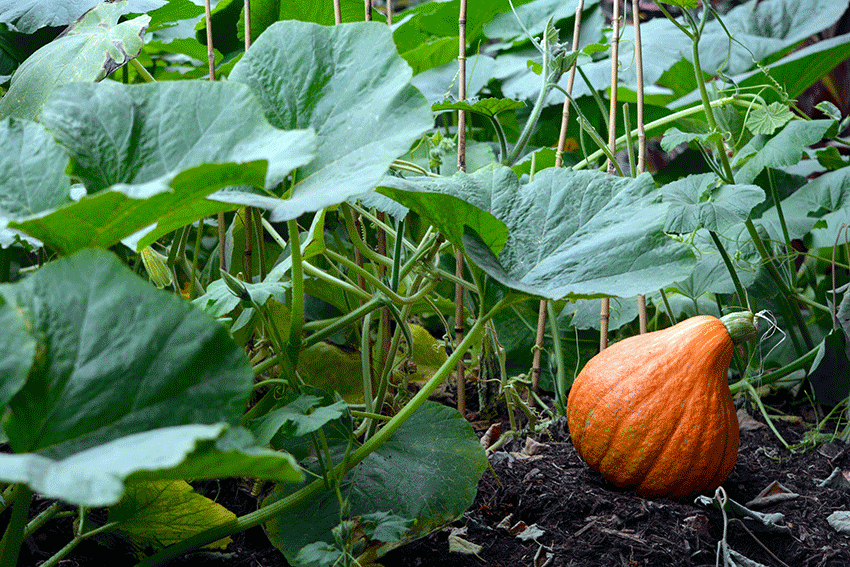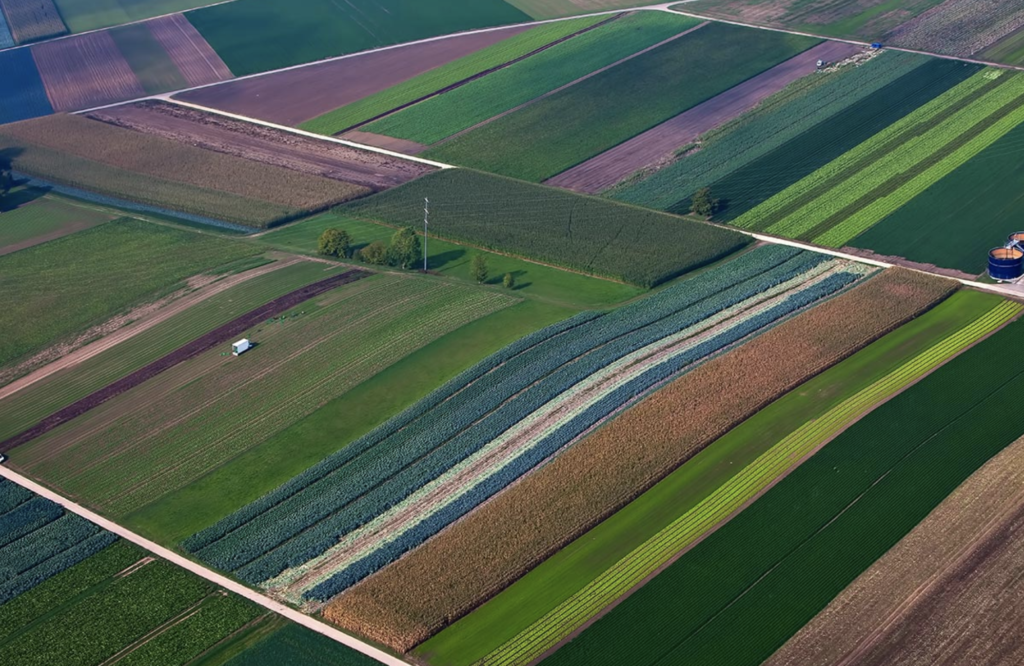![[eBook] Sustainable horticultural twine and baling twine solutions](https://agriplasticscommunity.com/wp-content/uploads/7_550x310_ENG-150x150.png)
![[eBook] Sustainable horticultural twine and baling twine solutions](https://agriplasticscommunity.com/wp-content/uploads/7_550x310_ENG-150x150.png)
![[eBook] Sustainable horticultural twine and baling twine solutions](https://agriplasticscommunity.com/wp-content/uploads/7_550x310_ENG-150x150.png)


Within the important processes performed for agricultural production, one that is fundamental is certainly monitoring crops. In this way, it is possible to constantly and timely guarantee that crops develop in an optimal way and, in the event of any inconvenient, to be able to implement the necessary corrective measures as soon as possible.
In a couple of previous posts we highlighted the importance of the planning involved in apple and pear cultivation, as well as the pest control management plan that is recommended to be implemented to get the most out of the growing seasons. On this occasion, we will emphasize what aspects should be considered when monitoring crops to prevent setbacks and achieve higher quality products.
It is essential to keep in mind that in order to monitor crops it is imperative for the individual to have a special training. By this we don’t mean that the person in charge should have a bachelor’s degree in Agricultural Engineering, but you must have sufficient knowledge and the training required to be able to carry out the coordination, monitoring and evaluation of the results obtained. This expertise will allow you to make important decisions based on a good previous diagnosis.
Monitoring crops not only prevents the production and spread of pests, but also guarantees that diseases and weeds that are prone to appear are kept under control without causing major inconveniences in terms of performance and final product results.
It should be noted that crops are exposed every year to new threats as a result of possible mutations and transformations in the biological components of these pests, so trying to control them by applying the same corrective measures to all of them would mean making a serious mistake. And that is why monitoring crops is a task that implies great responsibility and as such should not be underestimated.
When it comes to monitoring fruit crops such as apples and pears applying an Integrated Pest Management programme, it is recommended not only to monitor trees, but also the weather in the area that affects them, as a way to determine what kind of pests may appear that have the ability to cause problems in the proper development of those trees. Also, it is indicated that applying systematic visual monitoring of the orchard block can work if you want to save money and time, as you progress through the growing and harvesting season.
The curious thing about analysing the influence of the climate is that some pests can feed on it and become harmful agents to crops very quickly. In the field of agriculture, it can happen that due to lack of awareness about this aspect, many farmers discover the damage pests have already done to the plantation when it is too late. The positive side of it is that since pests tend to respond in a predictable way to the climate, a whole strategy can be designed to put an end to them and prevent pests from coming back in the future.
However, even when monitoring is frequently done, it is likely for vegetable or fruit farmers to eventually detect the presence of a threat a little late, which highlights the importance of monitoring the climatic factor as way to anticipate and keep a record of the conditions that generally lead to the emergence and proliferation of certain pests in specific crops.
There are several options to monitor crops, one of them is by doing a visual monitoring through blocks, which allows you to analyse trees with the same characteristics in terms of their variety, age and physical condition.
The idea of this visual monitoring is to have blocks that serve as indicators and can be studied as if they were a unit, instead of separately, as some farmers worldwide tend to do, since horticultural professionals have very little time to be able to review each of the blocks arranged in the field.
Particular attention should be paid when selecting the most appropriate block, since the block chosen must have a history of pests in order to take corrective action to be able to protect the integrity of the other trees.
Although it may not seem the case, you don’t need large equipment, tools or very sophisticated techniques to monitor crops. One of the priorities is to perform a meticulous and thorough visual examination that allows you to identify the types of pests present in the trees. It can usually be done using a manual lens, however, professional consultants will need to use more equipment such as a binocular microscope, to count and identify mites and Frankliniella Occidentalis known as Thrips.

Photo by Ricardo Gomez Angel on Unsplash
In order to measure the temperature when monitoring crops, you can use a simple thermometer if you want to obtain simple information, but you can also use a maximum to minimum thermometer, which can mostly be found with rural suppliers, to have additional information.
It is important that the thermometers are placed on the orchard but making sure that they are not exposed to direct sunlight. A data logger can also be used to have more accurate weather information. It is also very useful to acquire data loggers capable of measuring the temperature, humidity, rain and even the humidity of the leaves.
In order to avoid confusing the trees that won’t be studied with those found in the blocks that will serve as indicators, an alternative to clearly differentiate them is to mark them with some kind of acrylic paint or adhesive tape.
The application of an Integrated Pest Management recommends choosing and marking flowers, fruits or buds randomly in order to monitor each of the chosen trees. Then, after every period of 7 to 14 days, when the fruit is developing, farmers should spend 10 to 20 minutes for every 2.5 acres to carefully control the flowers, fruits or buds marked looking for signs indicating the presence of one or more pests in the crop.
If pests are confirmed in the crops, it must be recorded in a timely and detailed manner in a log established exclusively for this type of data.